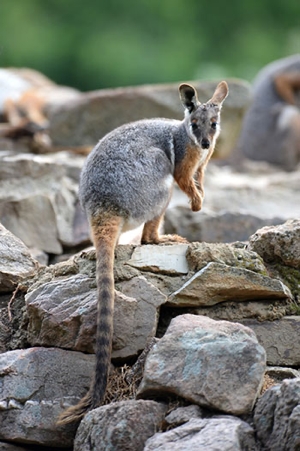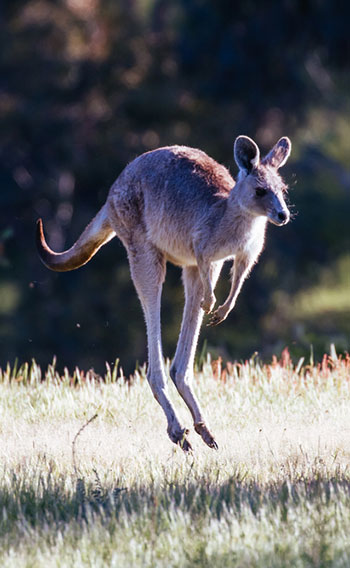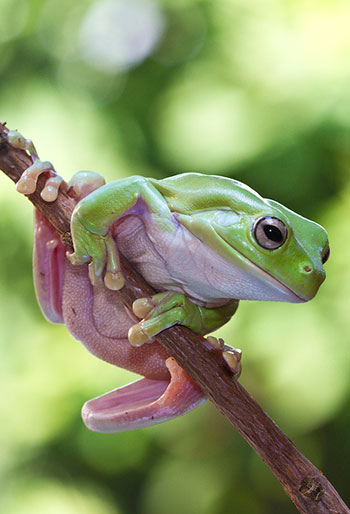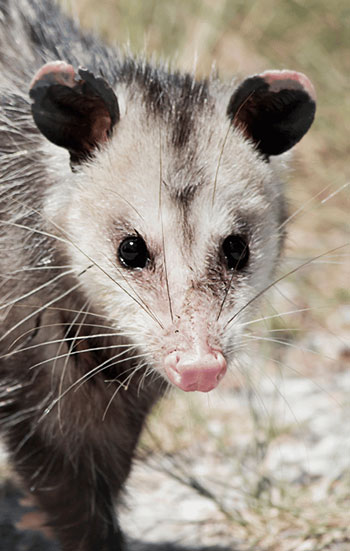Poems by Rohan Buettel
Archives: by Issue | by Author Name

Bush Capital
by Rohan Buettel
From Canary Spring 2025
Rohan lives in Australia’s bush capital, nestled in the foothills of the Brindabella range beside the Murrumbidgee (Australia’s second-longest river) on land whose traditional custodians are the Ngunnawal people.

When King O’Malley launched
an international competition to design
a national capital for a young polity,
no one, not least Walter Griffin himself,
thought a radical plan for a city
unlike any in the world would win.
His wife, Marion, an equal partner,
drew the perspectives that gave their entry life.
Its grand axes and vistas in harmony
with the natural landscape, circular roads
and loops geometric or contour controlled,
detached housing and irregular yards; embodying
city beautiful and garden city principles.
A century later we live in a place
populated with museums and galleries,
Parliament and other public institutions;
with no development on hills or ridge lines.
Wildlife corridors stretch into the heart
of the city, suburbs back onto bushland reserves.
People walking in the morning or evening
see kangaroos and wallabies,
their backyards are infiltrated by echidnas,
blue tongues and shinglebacks,
and visited by a panoply of songbirds.
A balance of nature and culture
provides an idyllic life in the city planned.
© Rohan Buettel
Chernobyl Exclusion Zone
by Rohan Buettel
From Canary Fall 2023

In the red forest we abandon time,
humans retreat from the zone
of alienation, where pine trees died
from high doses of radiation,
bulldozed and buried in trenches,
covered with sand and replanted
with saplings. Yet, with people gone
wildlife can flourish, find habitat:
wild boar and beavers, wolves and deer,
storks and eagles brave the roentgens;
soil contaminated by strontium ninety
and caesium one three seven —
half-lives of thirty years.
Endangered species gather, find refuge
in the reserve. Despite stunted plants,
stunted tail feathers, biodiversity grows
in the places where people don’t go.
© Rohan Buettel
Encounters
by Rohan Buettel
From Canary Spring 2025

It gives you a scare, the big roo unseen,
breaking cover only metres in front
of your mountain bike, charging directly
across your path. Your heart leaps
at every encounter with a large animal
in the wild, despite the dangers,
with the potential for a legion
of misjudgments on your part, or theirs.
At times they follow each other,
lope in line across the hillside
like taxiing planes, predictable
in their trajectory. At others,
untethered, they bound sideways
while on a seemingly straight path,
can easily knock you off your bike.
Don’t get between a mother and her joey,
a basketball of energy bouncing
in all directions and lacking the calm,
that stillness that leaves them unseen
as you pass close by, all focus on track.
It’s a shock to hear the rumbling thunder
of a large unruly mob bounding down
the hillside, it stops you in your tracks,
the only safe thing to adopt their persona,
stay still like they usually do.
© Rohan Buettel
Frog Hollow
by Rohan Buettel
From Canary Spring 2025

In Karawatha Forest, amidst the dry
and quiet heaths, melaleucas stand
in low-lying wetlands.
A scarlet-sided pobblebonk hides
in mud. The wallum froglet,
size of a two-dollar coin, inhabits
a pocket where nutrient levels are low,
laying eggs in acid water.
The bleating tree frog makes
a high-pitched screech from
its swelling vocal sac: hides
under bark and stones; a flattened form
to squeeze through gaps; coming out
at night to hunt mosquitoes, flies and gnats.
The eastern sedge frog, green stripes
lining head, body and leg, breeds
all year long. Striped burrowing frogs
go underground, waiting in a torpor
for the rain, reducing body temperature
and metabolic rate, and there they stay in place.
Then comes the heavy rains and Frog Hollow
explodes in a cacophony, male frogs croaking,
barking, trilling and chirping. The pobblebonk
engages in a breeding frenzy,
the female laying a floating, foamy mass.
The green-thighed frog, thick dark stripe
across its snout and bright green blotches
on its armpits lays six hundred eggs
in clumps among the reeds.
The copper-backed brood frog calls
for a mate from an excavated chamber
or disused hole, where the female lays eggs
in which the tadpole develops almost to frog
while still encased.
Meanwhile, the tusked frog fends off
male rivals using the tusks on his lower jaw.
The striped burrowing frog, quacking like a duck,
comes to the surface for all the excitement
of breeding and feeding.
In Frog Hollow, twenty-five species
live away from detergents and insecticides,
safe from the pollution that infiltrates
a permeable skin.
© Rohan Buettel
Possums
by Rohan Buettel
From Canary Spring 2025

They’re not very scared of humans,
making homes in ceilings and chimneys.
Cabling up suburbs for pay-TV
created possum highways, thick lines
Goldilocks right for their paw size.
You see them silhouetted against the sky,
ambling along at dusk. Standing beside
a Japanese maple in the backyard I saw
one come down a pole and the back fence,
scamper across the grass and then up the tree
beside me. I spoke and he turned his head,
sized me up and raced up and onto the roof.
In my twenties, I came home one night
after a party to Bedford Street, possibly
in a tipsy state and saw one on the lawn.
I said to my mate ‘I’ll make like a tree’
and extended my arms like branches.
The possum seemed to understand my intent,
bounded across the lawn, up my trunk
and perched upon my head. Suddenly
I remembered the possibilities of disease
and parasites, reached for him and he raced
back down, across and up the nearest tree.
There is a magic in the suburbs,
wildlife losing its native habitat adapts,
finding new homes amidst the people.
© Rohan Buettel